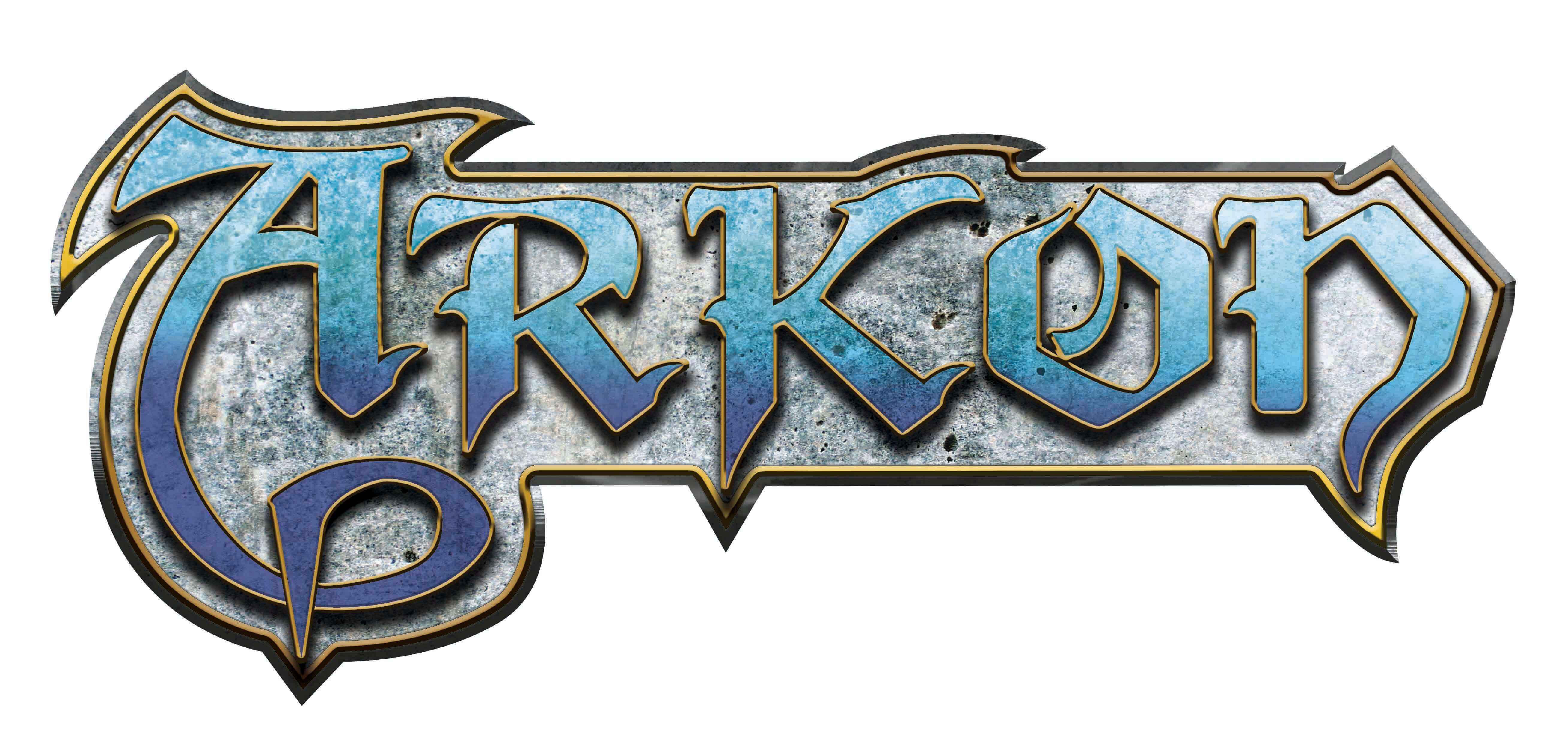Hey everyone!
Welcome to the third installment of A Walk Through Game Design! Today we have a man that needs little introduction, the iconic Jamey Stegmaier. Jamey has raised millions in the kickstarter space with a range of pioneering games, from Viticulture to Scythe! His team is now launching another game, Charterstone, and Jamey has been kind enough to chip in with his insights!
How did you work to foster increased interaction in your game design and how important was interaction in your game development?
In general, I aim for soft interaction, and it’s very important to me as a designer. That is, I like to give players a reason to pay attention to each other, but not ways to completely disrupt each other’s plans. For example, on your turn in Charterstone you either place your worker or retrieve all of your workers. There’s no blocking of action spaces, but if you want to use an action occupied by a worker (yours or an opponent’s), you “bump” that worker back to that player, which effectively saves them a turn that they don’t need to spend a turn retrieving their workers. Another example is a limited face-up card pool. You might see a card you really want in that pool, and there’s a nice tension as to whether you’ll get it before another player.
How did you consider replay value in the design process? What ways did you work to increase replay value?
One way to look at it is I like to find ways to prevent and discourage players from doing the same thing every game. Usually this is the result of global variability (public goals any players can accomplish that change from game to game) or individual variability (random card draw/availability, variable starting resources, variable asymmetric powers). Both of those types of variability are in Charterstone.
What was the most substantial change that happened during playtesting?
Oh man, a ton of stuff changed during the 18-month design process! One big thing that comes to mind is the change from a time track (like in Tokaido) to a more organic use of time as a resource (as described in my answer about player interaction). The time track really just wasn’t working in Charterstone.
How did you find the artists and graphic designers for your game?
I picked Gong Studios from a long, running list of artists with whom I’d like to work someday. After seeing their work for Roxley Games, I approached Mr. Cuddington about making the box art for Charterstone, and they ended up doing a lot more than that. As for my graphic designer, Christine Santana, I’ve worked with her from the early days of Stonemaier Games. I know her from college.
What are the major dynamics that make your game unique? How did you brainstorm or come up with the original concepts behind those?
Charterstone is somewhat unique simply because it’s a legacy game from start to finish, and there are so few legacy games in existence. There’s no other game where you’re permanently constructing action spaces for other players to use, and unlocking mechanism is new too. Also, Charterstone is designed to be fully replayable after the campaign is finished (another first for legacy games), and we sell a recharge pack so you can play a second campaign without having to buy a whole other games. Most of the brainstorming I do is pencil and paper, and the ideas I come up with are influenced by other games I’ve played, video games I’ve researched, and elements of pop culture (Deadwood and Brandon Sanderson’s books).
How did you think about barrier of entry when you designed your game?
I’ve thought about this more and more over the last few years. After Euphoria, I wanted to design games that are really easy to teach and really easy to start taking turns within a few minutes, even if you don’t understand all of the rules of the game. There are very few people who want to sit through 30 minutes of rules. Also, with Charterstone the starting rulebook is really slim—it’s only 4 pages, and there are gaping holes in those 4 pages. My intention is that players can simply sit down and start playing (as long as someone has read the rules in advance to understand the core concepts).
What is one piece of advice you would give to new game designers trying to get into this space?
I would recommend learning about as many games as possible, in and out of your wheelhouse. While you can’t play every game, you can still play quite a few, and you can read/listen/watch content to learn about the others. I mean this as an active learning tool—whenever I play a game, I’m always paying attention to mechanisms that make me feel good, as that’s something I want to learn from and replicate in my games.
You can find more information on their website at: http://stonemaiergames.com/games/charterstone/
Charterstone will be released on December 12 in most parts of the world (November 17 in Asia, Australia, and New Zealand)

